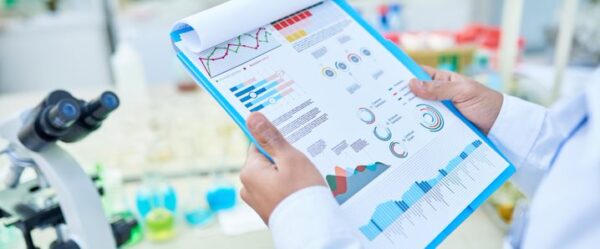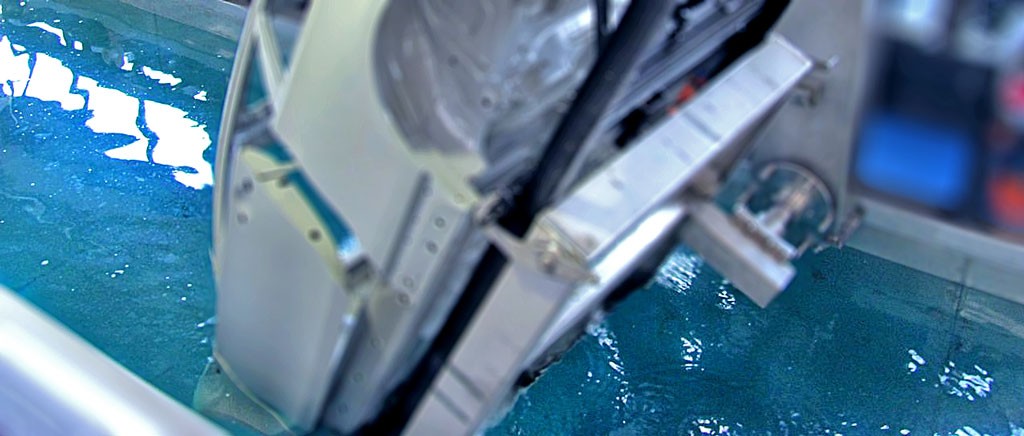Metagenomics is an emerging field
Metagenomics is a quickly evolving field, with new papers being published and new products and services being offered each year. Since metagenomics analysis is a relatively new field in microbiology, standard procedures are still being worked on from different researchers and companies. If results are to be comparable between different research institutions and companies, it is important that due diligence is awarded to each step of the metagenomics procedure. A commentary published by Dutch researchers in Clinical Microbiology and Infection sets out a series of basic guidelines that scientists can follow to help ensure they’re getting the most out of their metagenomics data. The paper also explains some limitations of current technology for reporting purposes.
The 4 important guidelines to metagenomics data are:
Sampling: it is important that an appropriate sample is collected for sequencing. In some cases, you will want a representative sample, while in some cases you will want a diagnostic sample. As such we offer a simple to use 5-minute DNA preservation kit that is used to prevent degradation of the microbial community during shipping.
DNA extraction: the method used to extract and purify DNA will have an impact on the DNA recovered, and therefore, the sequencing results. This is an area of our expertise, due to our extensive experience with extracting ATP from cells for over 16 years.
DNA preparation: when preparing DNA for sequencing, chimeric products must be avoided in order to ensure the quality of data. Chimeric sequences are generated if the PCR amplification is allowed to run for too many cycles – these are essentially Frankenstein sequences which contain bits from different organisms’ DNA and will look to be brand new organisms!
Reporting: a high-quality organism database is necessary in order to interpret and convert the raw NGS data into a useful format. We have 16+ years’ experience working with microorganisms across a diverse range of industries, including oil & gas, wastewater, drinking water and industrial – with headway being made into new industries all the time. NGS data from LuminUltra will classify organisms to the genus level but will not go into details at the species level. This is because the 16S gene for most organisms does not contain enough information to classify to the species level. There are certain organisms that can be classified to the species level using this gene, but the vast majority of organisms do not have enough inter-species diversity to be differentiated using this method. While some services will classify to the species level, these results should be analyzed with extreme caution as there is an increased likelihood of a false-positive identification.
LuminUltra is committed to providing advanced analysis in a simple to understand format. This allows water system operators and managers a unique look at the organisms living in their systems and processes. For more information about NGS, or to learn about our other available products and services, contact us.









